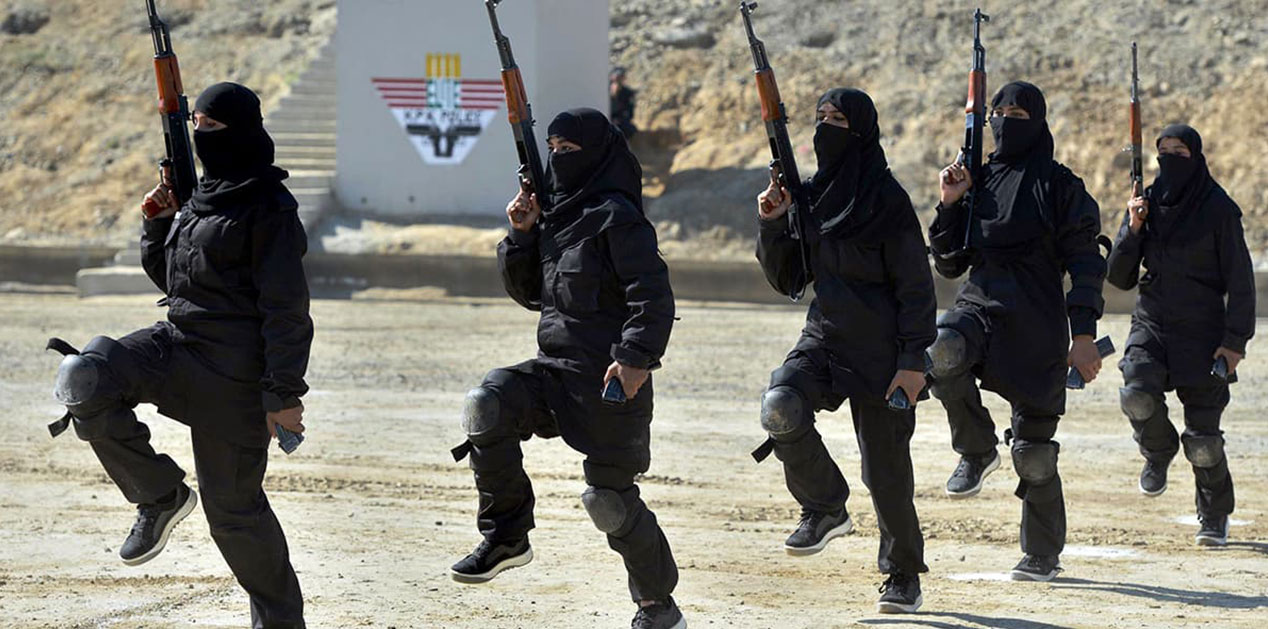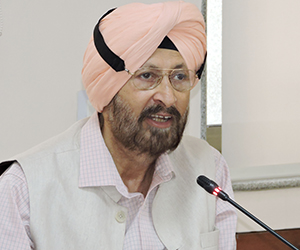The Pakistan Army and the Inter Services Intelligence (ISI) — known as the ‘deep state’ — have been waging a war against India through asymmetric means as part of their strategy of ‘bleeding India through a thousand cuts’. Pakistan’s war began in the early-1980s when the deep state backed militancy in Punjab. The war was intensified in 1989-90 when the Pakistan army and the ISI began to support an uprising in Jammu and Kashmir.
With hindsight, it was wrong to have labeled Pakistan’s strategy to bleed India a ‘proxy war’. The US and the USSR fought many wars through their proxies during the Cold War. Among many others, these included the war in Vietnam, the Arab-Israeli conflict, the civil wars in Angola, Ethiopia, Lebanon and Nigeria and the conflict in Indo-China. While the superpowers contested each other’s attempt to extend their spheres of influence, they did not get directly involved in conflict. Direct conflict between the US and the USSR would have run the risk of escalation to nuclear levels.
One such conflict was the long-drawn fight in Angola between Union for the Total Independence of Angola (UNITA), a rebel group supported by the US, and Popular Movement for the Liberation of Angola (MPLA) that was backed by the USSR. Friends and allies sometimes joined the fight. The South African Defence Force (SADF) often launched trans-border raids and repeatedly conducted hot pursuit operations into Angola against members of the People’s Army of Namibia (PLAN, armed wing of South West Africa People's Organization, or SWAPO) and the MPLA. The MPLA supported SWAPO and provided bases to PLAN, while the SADF supported UNITA. It took a decade of hard negotiations to arrive at a consensus in the United Nations Security Council to prevail on the adversaries to accept a cease fire and to send a UN peace-keeping force to monitor the cease fire.
Pakistan’s war in J&K and elsewhere in India is clearly a war being waged by one state against another through asymmetric means. The terrorists being sent into India by the Lashkar-e-Taiba and Jaish-e-Mohammad are sponsored, financed, armed, trained, and indoctrinated by the ISI. They are provided covering fire to help them infiltrate across the Line of Control (LoC) by the Pakistan Army and are helped across the International Boundary (IB) by the Pakistan Rangers, a border guarding force that is the counterpart of India’s BSF. During a strike operation the terrorists are routinely guided by their ISI handlers through satellite phones.
Pakistan’s war has several other dimensions. Pakistan claims that it provides only political, diplomatic and moral support to Kashmiri insurgents whom it calls ‘freedom fighters’. The reality is that terrorist groups like the Lashkar-e-Taiba, Jaish-e-Mohammad and Hijbul Mujahideed are ISI protégés and do its bidding, much like the Haqqani network does so in Afghanistan.
The ISI has a separate wing that controls the activities of all anti-India terrorist organisations. It runs terrorist training camps in PoK and other parts of Pakistan. The training imparted includes the handling of small arms, including the firing of assault rifles like the AK-47 Kalashnikov, familiarisation with explosives, imparting of rudimentary navigation skills, including the use of GPS, efforts aimed at reinforcing radicalisation and motivation. The ISI plans the tasking of the terrorist organisations, the civilian and military targets to be struck and the time window for each attack.
In conjunction with the Pakistan army the ISI organises infiltration across the LoC, with the army providing covering fire to engage Indian defences. Each operation is closely monitored by ISI handlers during the execution stage and course corrections are given where necessary. Hundreds of radio transmissions between the ISI handlers and the terrorist group commanders in J&K are intercepted by Indian Signals units every month. Some of these transmissions are on extremely sophisticated frequency hopping radio sets with built-in encryption devices.
Through aggressive diplomacy, Pakistan has lost no opportunity to accuse India and its army and police forces of human rights violations in Jammu and Kashmir while conducting counter-insurgency operations. Pakistan has been attempting to undermine India’s economy by printing and circulating fake Indian currency notes printed on its own government presses. It also uses these fake notes to fund terrorist activities in India. The Indian government’s de-monetisation drive has dealt a body blow to this venture.
Recently, the ISI has once again begun to support and provide shelter to so-called Khalistanis with a view to launching renewed efforts to revive the separatist movement that had been wiped out from Punjab in the early-1990s. The terrorist attack at Gurdaspur, the escape of a Khalistani terrorist from the Nabha jail in November 2016, particularly the long conversations he had with handlers in Pakistan, and several failed attempts by armed terrorists from Pakistan to cross the international boundary into Indian Punjab, all point to such efforts.
The terrorist attacks on army camps at Pathankot, Uri and Nagrota, suspected to be supported by the SSG – Pakistan’s Special Forces –due to the sophistication in their planning and execution, cannot be catogrised as anything other than acts of war. Hence, it emerges clearly that Pakistan’s deep state is waging a state-on-state war against India and not a proxy war.
Pakistan’s deep state is unlikely to back down from its strategy of bleeding India through a thousand cuts and waging an asymmetric war through terrorist organisations. The army under General Qamar Javed Bajwa, the new COAS, will continue to raise the bogey of an existentialist threat from India as hostility with India is necessary to justify the army’s disproportionately large strength and the funds necessary to equip and maintain the war machine.
India’s strategy should be to gradually raise Pakistan’s cost for its war against India and eventually make the cost prohibitive. The political, diplomatic and military strategies should be synergised into a comprehensive strategy. Only when the Pakistan army begins to hurt and bleed, will the deep state realise the futility of its nefarious designs on India. It will then be forced to come to the negotiating table to discuss dispute resolution through peaceful means.
(The writer is a Visiting Fellow, VIF, and Distinguished Fellow, Institute for Defence Studies and Analyses (IDSA), New Delhi)
Published Date: 12th December 2016, Image Source: http://www.dawn.com










Post new comment